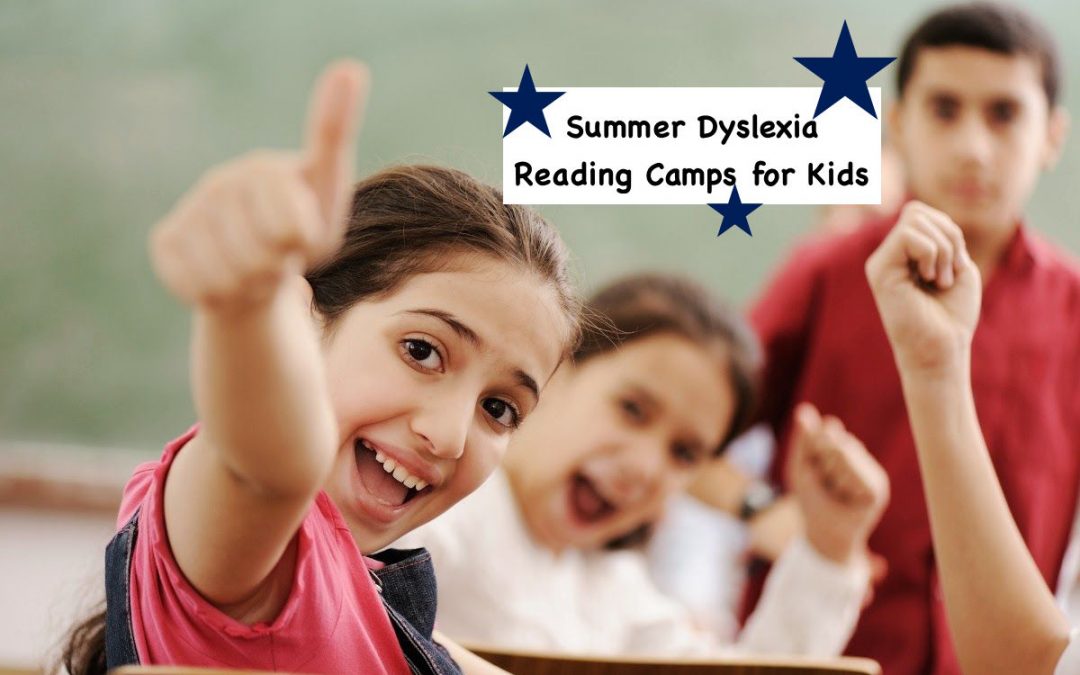
by PRIDE Reading Program Admin | Jan 17, 2018 | A PRIDE Post, Dyslexia, Summer Programs
As much as I really want to give my kids a break in the long summer months, I also know that taking a total break is not a good idea. Scientific data clearly shows that many kids lose valuable reading skills over the summer. For a child with dyslexia, who has worked especially hard all school year, this can be devastating, So…. how can we balance fun and learning and also not regress? Well, consider a summer dyslexia reading camp as an option. Kids usually work hard in the mornings, and then still get all afternoon to play play play. Here is a list of recommended summer dyslexia reading camps.
PRIDE Learning Center
PRIDE’s Summer Dyslexia Reading Camps offers a fantastic program to give kids a giant boost in reading, writing, spelling and comprehension. PRIDE uses an Orton-Gillingham, multisensory reading approach that is delivered one-on-one with a reading specialist.
The kids attend the dyslexia camp from 9-12 Monday – Friday for 4 weeks. In these 4 weeks most kids go up 1-2 reading grade levels. The one-on-one is really the key to the kids progressing so rapidly. A sample daily schedule looks like this:
9:00 – 10:00: Orton-Gillingham Reading Instruction
10:00 – 10:10: Break
10:10 – 11:00: Orton-Gillingham Reading Instruction
11:00 – 11:10: Break
11:10 – 11:50: Orton-Gillingham Reading Instruction
11:50 – 12:00: Pick up and updates
After the instruction there is still plenty of time in the day to go to the beach, swimming pool, rest at home or just play play play. You can check out their summer dyslexia reading camp page here for more information and registration.
Check out the PRIDE Learning Center video here:
Can’t afford to send your child to a summer dyslexia reading camp?
Don’t fret! I have a fantastic option for you. If you are up to it, you can run your own 4-week dyslexia reading camp. Yup, no joke. Here is how you do it:
Step 1: You purchase a subscription and train yourself in the PRIDE Reading Program. This is an Orton-Gillingham reading curriculum that is used by homeschooling parents of children with dyslexia all over the United States as well as abroad. It is extremely easy to learn and easy to follow as it is heavily scripted out. It is also very affordable. Best of all …… it works wonders!
Step 2: After the morning one-on-one sessions with you (or you can always hire a tutor and give them the program to use), send your kiddo to a recreational, outdoors afternoon group camp (surfing, fishing, swimming, art, music, etc.) or set up your own homeschool summer camp. Yup, after 2-3 hours a day of intensive one-on-one Orton-Gillingham instruction, the kiddos deserve something outdoors and something fun. Call it a 4- week Orton-Gillingham homeschool camp. Save a ton of money.
Feel free to contact me with any questions you might have and PLEASE let me know how your summer dyslexia reading camp adventures go. For more dyslexia tips, check out How do kids with Dyslexia learn to read and spell?
Thank you so much for visiting my Blog today!

Karina Richland, M.A., developed the PRIDE Reading Program, an Orton-Gillingham program for struggling readers, based on her extensive experience working with children with learning differences over the past 30 years. She has been a teacher, educational consultant and the Executive Director of PRIDE Learning Centers in Southern California. Please feel free to email her with any questions at info@pridelearningcenter.com. Visit the PRIDE Learning Center website at www.pridelearningcenter.com.

by PRIDE Reading Program Admin | Jan 16, 2018 | A PRIDE Post, Dyslexia, Multisensory Teaching, Orton-Gillingham

Learning to read in English would be so easy for kids with Dyslexia if all similar-sounds were spelled the same. They aren’t. English is so hard to learn and has so many unfair and horrible spelling rules! Ugggh!
Many of us just read naturally. We understand that letters and letter combinations create words and sounds. Our brains just naturally register the words in print and we can read three or four words ahead of time and visually scan an entire text. We are also mentally able to pull words apart, separate them into syllables and apply all of those horribly unfair spelling rules easily and logically.
In the beginning…
Reading is complicated. There are 3 major stages that a child will need to go through in their lifetime to become a strong reader. This process involves word recognition, comprehension, fluency, and most importantly… motivation. The following outlines the key features of the reading process at each stage:
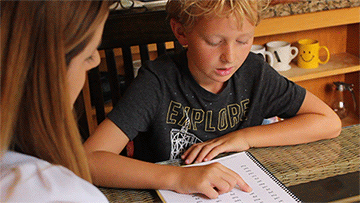
Stage 1 of the Reading Process: Decoding (Ages 6-7)
At this stage, beginning readers learn to decode by sounding out words. They comprehend that letters and letter combinations represent sounds and use this information to blend together simple words such as hat or dog.
Stage 2 of the Reading Process: Fluency (Ages 7-8)
Once children have mastered the decoding skills of reading, they begin to develop fluency and other strategies to increase meaning from print. These children are ready to read without sounding everything out. They begin to recognize whole words by their visual image and orthographic knowledge. They identify familiar patterns and achieve automaticity in word recognition and increase fluency as they practice reading recognizable texts.
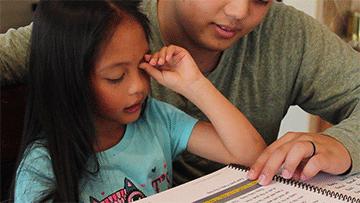 Stage 3 or the Reading Process: Comprehension (Ages 8-14)
Stage 3 or the Reading Process: Comprehension (Ages 8-14)
Children in this stage have mastered the reading process and are able to sound out unfamiliar words and read with fluency. Now the child is ready to use reading as a tool to acquire new knowledge and understanding. During this stage, vocabulary, prior knowledge, and strategic information become of utmost importance. Children will need to have the ability to understand sentences, paragraphs, and chapters as they read through text. Reading instruction during this phase includes the study of word morphology, roots, prefixes as well as a number of strategies to help reading comprehension and understanding.
Let’s keep it simple…
I’m not going to get too deep into the semantics of each reading phase and how it all works but Dr. G. Reid Lyon, a researcher in the field of neurology of dyslexia wrote a great article on children and the process of reading if you want to read it here.
So…now that you understand that there is a natural progression to reading, the big question is, will a child with dyslexia eventually learn to read naturally as they mature….
Will the reading come naturally for a dyslexic child at some point?
Nope. Reading does NOT and never will come naturally for a dyslexic child. A child with dyslexia does not wake up one morning and say, “I get it mom, it all makes sense now!” Nope. Unfortunately this isn’t going to happen.
This is just a fact. The International Dyslexia Association has a really good fact sheet on Dyslexia and the Brain. You can read about it here.
Children with dyslexia read and spell everything phonetically and do not apply spelling rules. For example, if they are spelling the word “said“ they will write “sed.” When reading the word “horse,” the dyslexic child will make a mental picture of that word and every time he or she approaches the word “horse” in text, that mental picture comes to life. The problem with this strategy is that when they get to a word that they are unfamiliar with, they have no coping mechanisms to attack that particular word. Yikes!
There is GREAT news for kids with Dyslexia!!!
Even though the reading and spelling does not come naturally for a child with dyslexia, this does not mean that they can’t learn to read and spell. Kids with Dyslexia are really bright kids, that just need a different approach to reading and spelling. They need to learn the letters and letter combinations in a very very structured, systematic and cumulative approach. They need lots of repetition and practice and they need a lot of positive encouragement. Children with dyslexia need 3 crucial elements to their reading instruction:
Multisensory Teaching
Orton-Gillingham Program
Parent Support
What does multisensory mean?
See it – Say it – Hear it – Move with it!
When taught with a multi-sensory approach, children will learn all the letters, letter combinations, sounds and words by using all of their pathways – hearing (auditory), seeing (visual), touching (tactile) and moving (kinesthetic).
 When learning the vowel combination ‘oa,’ for example, the child might first look at the letter combination on a picture of a GOAT, then close his/her eyes and listen to the sound, then trace the letters in the air while speaking out loud. This combination of listening, looking, and moving around creates a lasting impression for the child as things will connect to each other and become memorable. Using a multi-sensory approach to reading will benefit ALL learners, not just those with dyslexia.
When learning the vowel combination ‘oa,’ for example, the child might first look at the letter combination on a picture of a GOAT, then close his/her eyes and listen to the sound, then trace the letters in the air while speaking out loud. This combination of listening, looking, and moving around creates a lasting impression for the child as things will connect to each other and become memorable. Using a multi-sensory approach to reading will benefit ALL learners, not just those with dyslexia.
What is Orton-Gillingham?
The other significant component in helping a child with dyslexia learn to read and spell is utilizing an Orton-Gillingham approach. In Orton-Gillingham, the sounds are introduced in a systematic, sequential and cumulative process. The Orton-Gillingham teacher, tutor or parent begins with the most basic elements of the English language. Using lots of different multisensory strategies and lots of repetition, each spelling rule is taught one at a time. By presenting one rule at a time and practicing it until the child can apply it with automaticity and fluency, a child with dyslexia will have no reading gaps in their reading and spelling skills.
Children are also taught how to listen to words or syllables and break them into individual sounds. They also take each individual sounds and blend them into a words, change the sounds in the words, delete sounds, and compare sounds. For example, “…in the word steak, what is the first sound you hear? What is the vowel combination you hear? What is the last sound you hear? Children are also taught to recognize and manipulate these sounds. “…what sound does the ‘ea’ make in the word steak? Say steak. Say steak again but instead of the ‘st’ say ‘br.’- BREAK!
Every lesson the student learns in Orton-Gillingham is in a structured and orderly fashion. The child is taught a skill and doesn’t progress to the next skill until the current skill is mastered. Orton-Gillingham is extremely repetitive. As the children learn new material, they continue to review old material until it is stored into the child’s long-term memory.
It is like learning a foreign language.
Kids with Dyslexia need more structure and repetition in their reading instruction. They need to learn basic language sounds and the letters that make them, starting from the very beginning and moving forward in a gradual step by step process. Think of it as if your child is learning a foreign language for the first time. He or she needs to start at the very beginning, learn the pronunciation of each letter in the alphabet as well as all the different spelling and language rules related to the foreign language. This needs to be delivered in a systematic, sequential and cumulative approach. For all of this to “stick” the child will need to do this by using their eyes, ears, voices, and hands.
If you want to learn more about an Orton-Gillingham Dyslexia Reading Program click on the video below:
If you enjoyed reading this post, you might also enjoy reading, My child might have Dyslexia… what do I do?
Thank you so much for visiting my Blog today!
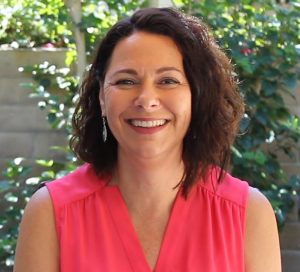
Karina Richland, M.A., developed the PRIDE Reading Program, an Orton-Gillingham program for struggling readers, based on her extensive experience working with children with learning differences over the past 30 years. She has been a teacher, educational consultant and the Executive Director of PRIDE Learning Centers in Southern California. Please feel free to email her with any questions at info@pridelearningcenter.com. Visit the PRIDE Reading Program website at https://www.pridereadingprogram.com
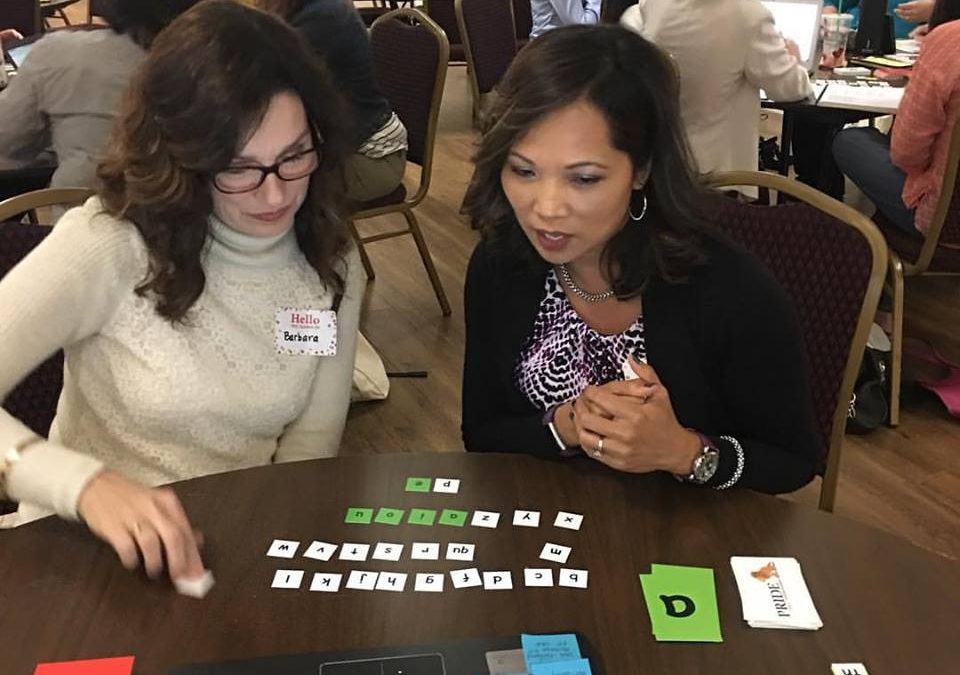
by PRIDE Reading Program Admin | Nov 14, 2017 | Dyslexia
Are you trying to find a dyslexia tutor near you but don’t know where to go or what to do? The internet is filled with tutors out there, but how do you know which one to chose and if they are qualified enough to teach a child with dyslexia. Here is everything you will need to know about finding the right dyslexia tutor for your child.
How can you make sure that you find the right dyslexia tutor for your child?
You can ask speech therapists, educational psychologists and special education advocates. These professionals are usually well connected in their communities and have a network of good people they like to work together with.
Can I get the school to reimburse me for private dyslexia tutor expenses?
Sometimes you can. School districts will reimburse parents for private dyslexia tutor expenses if the district agrees that the school is not providing an appropriate education. Almost always, in my years of working with parents and dyslexia tutors, the parent has to take the school district to a due process hearing to get reimbursed. This means parents have to hire a Special Education Attorney or Advocate. Some parents end up removing their children from public school for part of the day or for a specified time in order to bring their child to a private dyslexia tutor. The school needs to agree with this arrangement.
Can I use a dyslexia tutor in a small group setting?
Sometimes, a dyslexia tutor will work with students in groups. This is an option to consider if you know of other children in the same situation. A group setting will reduce the cost and your child may learn from the other kids as well. The downside to a group session is that your child may not have the benefit of an exclusive one-on-one learning situation with a dyslexia tutor. This can make progress a bit slower as well.
Which program should my dyslexia tutor be using?
Your dyslexia tutor needs to be using an Orton-Gillingham reading program. This program needs to be structured, systematic, cumulative and extremely repetitive. It also needs to be multisensory. Most Orton-Gillingham programs will use a very specific scope and sequence. It is crucial that the dyslexia tutor follow this scope and sequence precisely and not skip around. If you have an amazing tutor that you love that is not trained in Orton-Gillingham, then you can provide a program for them to follow and use with your child. You can also homeschool or tutor your own child with an Orton-Gillingham tutoring program. Some dyslexia tutoring programs that I recommend for tutors or homeschool parents to use are:
After selecting a dyslexia tutor, make sure that you receive regular progress assessments along each step of the way. Ask the dyslexia tutor to provide you with tutoring session plans on a regular basis so you can follow along with your child through their scope and sequence. Good Luck finding a dyslexia tutor and if you need more assistance – feel free to contact me personally.
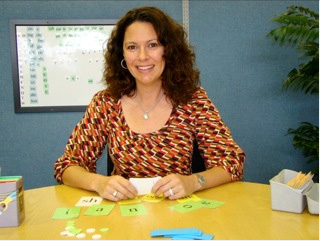
Karina Richland, M.A., is the Executive Director of PRIDE Learning Centers, LLC, an educational company that works with children in special education and focuses on reading, writing and comprehension help. She is also the author of the PRIDE Reading Program, a multisensory Orton-Gillingham reading, writing and comprehension curriculum that is available worldwide for parents, tutors, teachers and homeschoolers of struggling readers. You can reach her at info@pridelearningcenter.com or visit the website at PRIDE Learning Center.

by PRIDE Reading Program Admin | Oct 23, 2017 | A PRIDE Post, Dyslexia
I have watched many families throughout my career as an Orton-Gillingham tutor, lose valuable time and money when choosing the wrong person or the wrong program to tutor their dyslexic child. I know that these parents had great intentions but simply did not take the time or do the research necessary to become informed. Several essentials make up a successful plan for your child to get the most out of his or her dyslexia tutor.
Use Orton-Gillingham
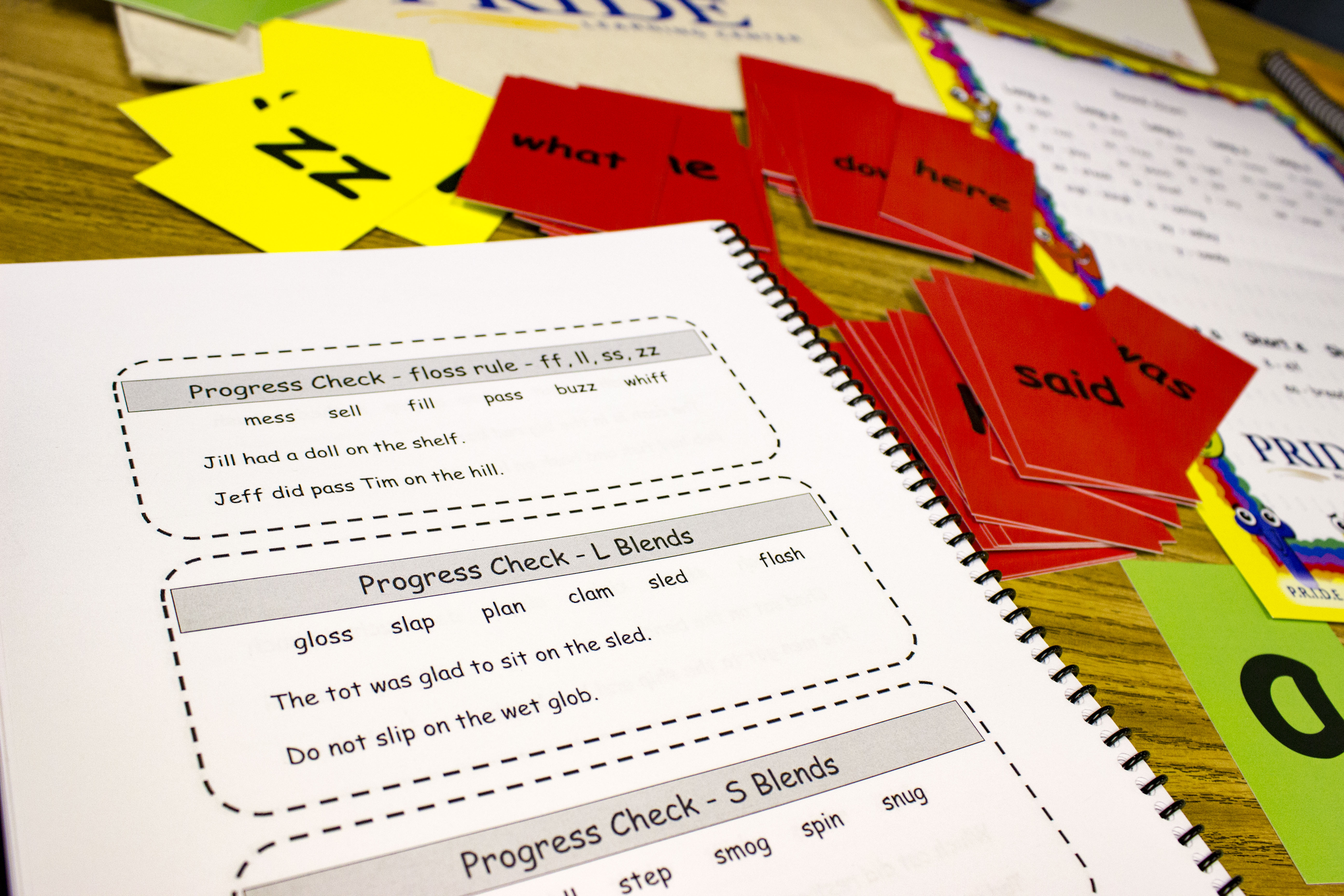
The Orton-Gillingham approach is the “grandmother” dyslexia tutoring program from which many others are derived. It was developed in the 1930s and 1940s by neurologist Samuel Orton and linguists June Orton and Anna Gillingham. Together they developed this amazing way of teaching the structure of letter-sound correspondences, using a multi-sensory method. A dyslexia tutor that is trained in Orton-Gillingham will be able to tutor your child in reading, writing, spelling and comprehension strategies correctly. If you are unable to find a dyslexia tutor trained in Orton-Gillingham, you can always hire a tutor that you like and hand them an Orton-Gillingham tutoring program that they can use with your child.
Orton-Gillingham tutoring programs:
The PRIDE Reading Program is a multisensory, Orton-Gillingham curriculum for tutoring reading, writing, spelling and comprehension. It is taught in a step-by-step progression using an easy to follow On-Line Teaching Guide that is heavily scripted out. Because it is so easy to follow the script and it also comes with online demonstrations on how to teach each step, tutors with little or no experience with Orton-Gillingham can implement it quite easily.
The Barton Reading Program is a teaching method based on the Orton-Gillingham approach. It comes with videos that explain how to teach each lesson. It is easy to learn this system and easy to teach it.
The All About Learning has an All About Reading Program and an All About Spelling Program. These programs offer intense reading and spelling lessons utilizing the Orton-Gillingham methodology. They are both highly interactive multi-sensory programs that are scripted and illustrated and easy to follow.
Use 1:1

Dyslexia tutoring must be delivered 1:1 for your child to progress the most. Keep in mind that the dyslexic student is behind his or her classmates and must make more progress than they do or catch-up will never happen. If your child is far behind, he or she must make a huge leap to catch up. Those that never make that leap might very well stay behind forever. In a 1:1 lesson, the dyslexia tutor will customize the program to fit your child. The tutor will slow down, repeat, speed up or change the pace as needed. In a group setting, the tutor has to shoot for the middle of the group, so if your child is slower than the rest they will be forced to move too quickly and the information will not “stick.” If your child needs to move faster than the group but is forced to slow down to stay together, your child will be bored to death. Being bored will result in a lack of motivation and also ignites difficult behavior. Some really great 1:1 dyslexia tutoring centers are:
Lindamood Bell is a learning approach that can help students who struggle with reading and other learning issues. It offers 1:1 instruction at private learning centers throughout the world.
PRIDE Learning Center employs the Orton-Gillingham, multisensory approach to reading, writing, spelling and comprehension. PRIDE will send a trained dyslexia tutor to your home, work, school or library. They also run many Orton-Gillingham summer camp programs throughout the United States. Their dyslexia tutors are background checked, have strong backgrounds in special education and are warm, nurturing instructors trained to implement the PRIDE Reading Program.
Your child with dyslexia will face many challenges in school at various times. By being a loving and pro-active parent and getting your child into the right program with the right kind of a dyslexia tutor will really benefit your child’s self-esteem, love of learning and academic success.

Karina Richland, M.A., developed the PRIDE Reading Program, an Orton-Gillingham program for struggling readers, based on her extensive experience working with children with learning differences over the past 30 years. She has been a teacher, educational consultant and the Executive Director of PRIDE Learning Centers in Southern California. Please feel free to email her with any questions at info@pridelearningcenter.com.

by PRIDE Reading Program Admin | Oct 2, 2017 | A PRIDE Post, Dyslexia
Do you worry that your child might have dyslexia? The warning signs are there. Your child is struggling with reading, writing and spelling. You might be using your intuition that something is wrong. What should you do?
Get a Diagnosis!
Diagnosis is the fundamental first step in successfully helping a child with dyslexia and the earlier, the better. It is never a good idea to wait or prolong testing. This will only put the child with dyslexia further behind. Children, who receive help early on, can catch up to their classmates. Later-identified children miss out on essential practice and miss out on an effective dyslexia remediation program during the crucial window of opportunity. So where do you go for a diagnosis… here are some suggestions:
- A licensed educational psychologist
- A Neurologist
- A Medical Doctor
- A Speech Pathologist
- The Special Education Department at a university or school district
Practice Reading A Lot!
Reading fluency comes from repeatedly practicing the same words over and over again so that the brain eventually identifies the words rapidly. Poor readers receive the least amount of reading practice although they need it the most. This is mostly because they avoid reading, read less than their classmates, and as a result fall progressively behind their peers in reading skills. With a proper dyslexia remediation program the student will be able to practice reading intensively and often. So how should your child with dyslexia practice reading a lot?
- Make your child read at least 20 minutes a day before they are allowed to get on any technology.
- Give your child materials that motivate them to read.
- Give them easy reading. Let them read below their grade level. Its about fun and practice, not torture.
- Get into the habit and routine of reading the same time each day.
Catch-up with an Intensive Reading Remediation Program!
A child who has dyslexia that is not identified until the third grade or later is already thousands of unlearned words behind the other readers. This is a gap that might never get closed without an intensive reading remediation program at this point. The best intervention is prevention in kindergarten or remediation beginning in first grade. After first grade it is just remediation year after year. And that’s a lot of catch up to do.
Reading instruction for the child with dyslexia must be delivered with great intensity. Children diagnosed with dyslexia are behind in their reading levels and for them to catch up with their classmates will need to make a big leap forward or else they will remain behind. Optimally, a child who is struggling with reading should be taught one-on-one and should receive this specialized reading instruction 2-3 hours five days a week. A larger group or less time will greatly undermine the possibilities of success. Use the long summer months to send your child to a summer Orton-Gillingham reading camp for intensive instruction. Summers are a great time to catch up and get ahead.
Make sure you find the Right Program with the Right Teacher!
A child with dyslexia will take in and process information differently and needs to be taught with a specialized program. The content must be a research-based scientifically proven method that is delivered with a sequential, systematic, cumulative and structured multisensory reading program. The Orton-Gillingham method, for example, is a perfect example of a reading approach that is proven to work for children with dyslexia. Orton-Gillingham uses a specific scope and sequence that works with kids with dyslexia and closes all reading gaps. It’s a really remarkable reading method. I recommend you check out The PRIDE Reading Program as the perfect program to teach a child with dyslexia. It comes with training videos and is really easy to implement. It is heavily scripted out, so you don’t need to be a certified teacher to use the program. Using the combination of the right program and the right instructor is the key to your child’s success.
A child with dyslexia who is not identified early may require as much as 100-200 hours of intensive instruction if they are going to close the reading gap. The longer that identification and effective reading instruction are delayed, the longer the child will require catching up. Fortunately, with the proper assistance and help, most students with dyslexia are able to learn to read and develop strategies to become successful readers.
Learn more about the New PRIDE Reading Program
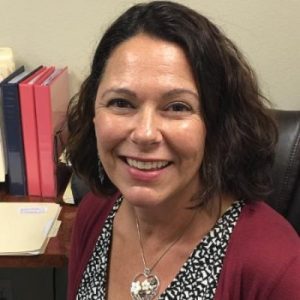
Karina Richland, M.A. is the Founder of Pride Learning Centers, located in Los Angeles and Orange County. Ms. Richland is a certified reading and learning disability specialist. She is also the author of the PRIDE Reading Program. Ms. Richland speaks frequently to parents, teachers, and professionals on learning differences, and writes for several journals and publications. You can reach her by email at info@pridelearningcenter.com or visit the PRIDE Learning Center website at: www.pridelearningcenter.com
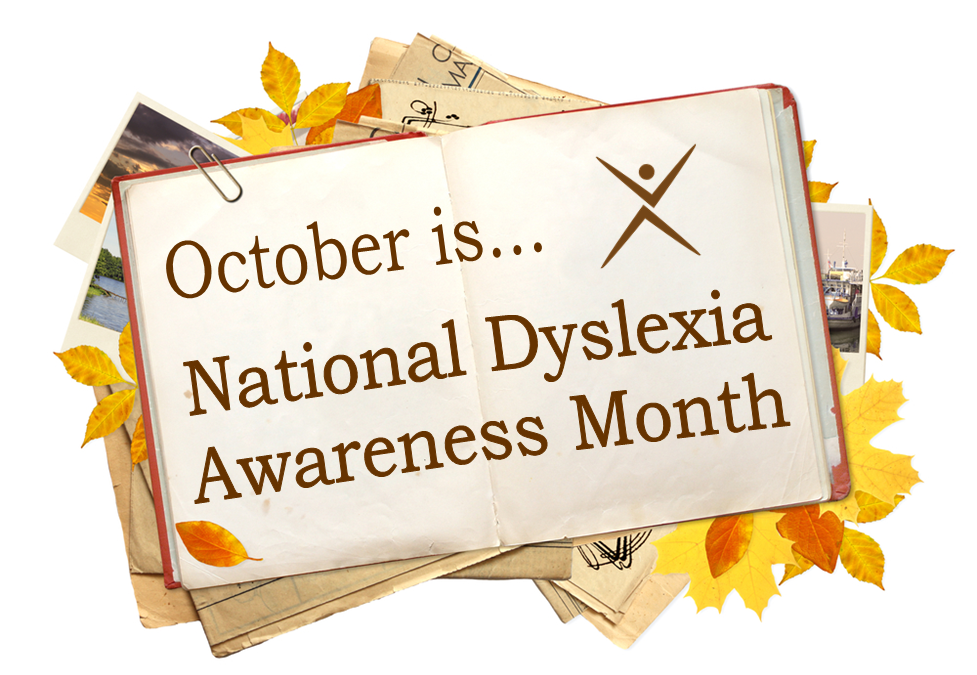
by PRIDE Reading Program Admin | Sep 29, 2017 | A PRIDE Post, Dyslexia
This October is National Dyslexia Awareness Month, and PRIDE Learning Centers is helping to spread the word!
Did you know that Dyslexia is estimated to affect some 20-30 percent of our population? This means that more than 2 million school-age children in the United States are dyslexic! We are here to help.
What is Dyslexia?
Although children with dyslexia typically have average to above average intelligence, their dyslexia creates problems not only with reading, writing and spelling but also with speaking, thinking and listening. Often these academic problems can lead to emotional and self-esteem issues throughout their lives. Low self-esteem can lead to poor grades and under achievement. Dyslexic students are often considered lazy, rebellious or unmotivated. These misconceptions cause rejection, isolation, feelings of inferiority, and discouragement.
The central difficulty for dyslexic students is poor phonemic awareness. Phonemic awareness is the ability to appreciate that spoken language is made up of sound segments (phonemes). In other words, a dyslexic student’s brain has trouble breaking a word down into its individual sounds and manipulating these sounds. For example, in a word with three sounds, a dyslexic might only perceive one or two.
Most researchers and teachers agree that developing phonemic awareness is the first step in learning to read. It cannot be skipped. When children begin to learn to read, they first must come to recognize that the word on the page has the same sound structure as the spoken word it represents. However, because dyslexics have difficulty recognizing the internal sound structure of the spoken word to begin with, it is very difficult for them to convert the letters of the alphabet into a phonetic code (decoding).
Although dyslexia can impair spelling and decoding abilities, it also seems to be associated with many strengths and talents. People with dyslexia often have significant strengths in areas controlled by the right side of the brain. These include artistic, athletic and mechanical gifts. Individuals with dyslexia tend to be very bright and creative thinkers. They have a knack for thinking, “outside-the-box.” Many dyslexics have strong 3-D visualization ability, musical talent, creative problem solving skills and intuitive people skills. Many are gifted in math, science, fine arts, journalism, and other creative fields.
Symptoms of Dyslexia
Preschoolers
- Late talking, compared to other children
- Pronunciation problems, reversal of sounds in words (such as ‘aminal’ for ‘animal’ or ‘gabrage’ for ‘garbage’)
- Slow vocabulary growth, often unable to find the right word (takes a while to get the words out)
- Difficulty rhyming words
- Trouble learning numbers, the alphabet, days of the week
- Poor ability to follow directions or routines
- Does not understand what you say until you repeat it a few times
- Enjoys being read to but shows no interest in words or letters
- Has weak fine motor skills (in activities such as drawing, tying laces, cutting, and threading)
- Unstable pencil grip
- Slow to learn new skills, relies heavily on memorization
School Age Children
- Has good memory skills
- Has not shown a dominant handedness
- Seems extremely intelligent but weak in reading
- Reads a word on one page but doesn’t recognize it on the next page or the next day
- Confuses look alike letters like b and d, b and p, n and u, or m and w.
- Substitutes a word while reading that means the same thing but doesn’t look at all similar, like “trip” for “journey” or “mom” for “mother.”
- When reading leaves out or adds small words like “an, a, from, the, to, were, are and of.”
- Reading comprehension is poor because the child spends so much energy trying to figure out words.
- Might have problems tracking the words on the lines, or following them across the pages.
- Avoids reading as much as possible
- Writes illegibly
- Writes everything as one continuous sentence
- Does not understand the difference between a sentence and a fragment of a sentence
- Misspells many words
- Uses odd spacing between words. Might ignore margins completely and pack sentences together on the page instead of spreading them out
- Does not notice spelling errors
- Is easily distracted or has a short attention span
- Is disorganized
- Has difficulties making sense of instructions
- Fails to finish work on time
- Appears lazy, unmotivated, or frustrated
Teenagers
- Avoids reading and writing
- Guesses at words and skips small words
- Has difficulties with reading comprehension
- Does not do homework
- Might say that they are “dumb” or “couldn’t care less”
- Is humiliated
- Might hide the dyslexia by being defiant or using self-abusive behavior
Adults
- Avoids reading and writing
- Types letters in the wrong order
- Has difficulties filling out forms
- Mixes up numbers and dates
- Has low self-esteem
- Might be a high school dropout
- Holds a job below their potential and changes jobs frequently
Treatment
The sooner a child with dyslexia is given proper instruction, particularly in the very early grades, the more likely it is that they will have fewer or milder difficulties later in life.
Older students or adults with dyslexia will need intensive tutoring in reading, writing and spelling using an Orton-Gillingham program. During this training, students will overcome many reading difficulties and learn strategies that will last a lifetime. Treatment will only “stick” if it is incorporated intensively and consistently over time.
Students who have severe dyslexia may need very intensive specialized tutoring to catch up and stay up with the rest of their class. This specialized tutoring helps dyslexic students become successful in reading, writing, spelling, grammar, and vocabulary. It also will help them with math, and word problems. Fortunately, with the proper assistance and help, most students with dyslexia are able to learn to read and develop strategies to become successful readers.

Karina Richland, M.A., developed the PRIDE Reading Program, an Orton-Gillingham program for struggling readers, based on her extensive experience working with children with learning differences over the past 30 years. She has been a teacher, educational consultant and the Executive Director of PRIDE Learning Centers in California. Please feel free to email her with any questions at info@pridelearningcenter.com.
















